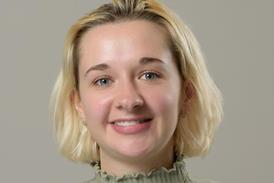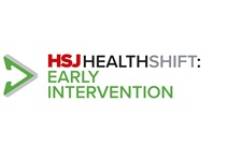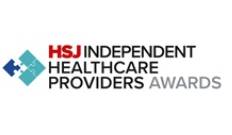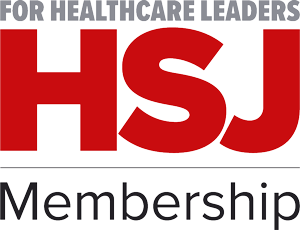The Download: A closer look at the FDP in action

The fortnightly newsletter that unpacks system leaders’ priorities for digital technology and the impact they are having on delivering health services. This week written by correspondent Joe Talora. Contact HSJ in confidence here.
EXCLUSIVE PREMIUM CONTENT
If you have access to our premium Insights package, simply sign in here.
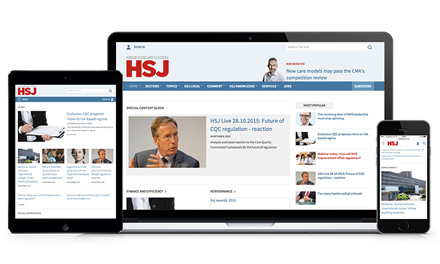
Sign up to our premium ‘Insights’ package to access this content
HSJ provides you with a clear and unbiased view of what’s happening now and what’s coming up, locally and nationally within the healthcare sector. Our premium ‘Insights’ package includes:
- All HSJ news by sector, topic & region
- Breaking News announcements
- App for mobile and offline reading
- Comment and Daily Insights newsletters
- Regional roundup newsletters
- Unrestricted access to ‘Ask HSJ’ - AI assistant
- 10 expert briefings every fortnight











